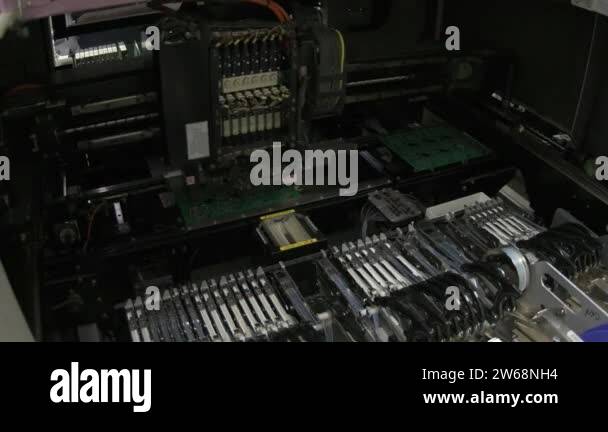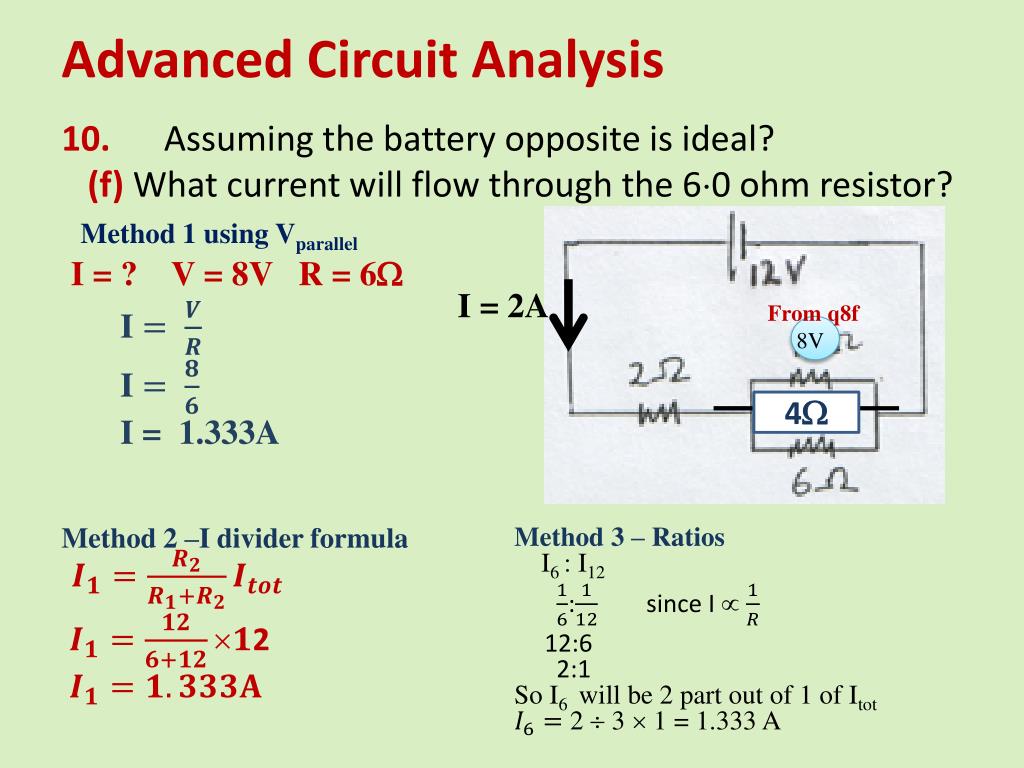Advanced electronic circuits Stock Videos Footage Circuit Diagram 6.331 Advanced Circuit Techniques Circuit Design Galore (4.4 13.7 10.3) Lecturer: J. Roberge Lecturer's Rating: J. Roberge 6.6/7.0 This is the 'ultimate' circuits class, full of analog design and applications of circuit techniques. Graduate students usually take this subject. There is a good balance between theory and application since the

A graduate course on advanced circuit design techniques, covering topics such as op amps, bandgap references, low voltage cells, noise, LDOs, multipliers, and negative elements. See course outline, lectures, homework, quizzes, exams, and laboratory.

Advanced Circuit Design Seminar Circuit Diagram
Advanced Analog Circuit Design Techniques Instructor: Edgar Sánchez-Sinencio Office: 318-E, Wisenbaker Engineering Building (WEB) Telephone/email: 845-7498/ s-sanchez@tamu.edu [10] Design Techniques For Integrated CMOS-D Audio Amplifiers, A. I. Colli-Menchi, M.A. Rojas-Gonzalez and E. Sánchez-Sinencio, World Scientific, 2017.

This class covers circuit design from an advanced point of view. 6.331 extensively uses examples to teach the material. Students should enjoy the material and be prepared to keep up with the work load. This class should be taken by those who want a career in circuit and/or feedback system design. 6.331 is not a required EE subject.

6.331 Advanced Circuit Techniques Circuit Diagram
Following a brief classroom discussion of relevant principles, each student in this course completes the paper design of several advanced circuits such as multiplexers, sample-and-holds, gain-controlled amplifiers, analog multipliers, digital-to-analog or analog-to-digital converters, and power amplifiers. One of each student's designs is presented to the class, and one may be built and evaluated.

Learn about the objectives, organization, grading policy, and prerequisites of 6.331, a subject that gives you practice in analog and hybrid circuit design. The syllabus also lists the topics, references, and components for the design problems, homework, and laboratory exercises.
